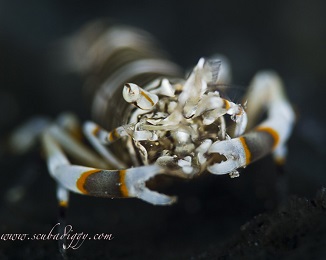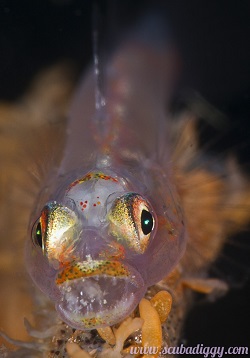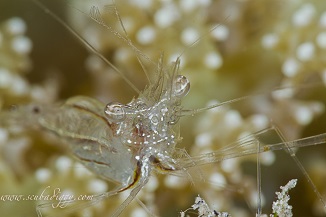Loading content - please wait...
DIVER Magazine Features Salvador Dali Sponges
DIVER magazine features Salvador Dali sponges and their distinctive swirls in an article by Steve Jones.
Swirled Surfaces

One of Gorontalo’s claim to fame is the discovery of Salvador Dali sponges. This morphology of Petrosia lignosa is unique to the northern coastline of Tomini Bay
, Indonesia. The article found in DIVER magazine explains the discovery. Also, it explains the origin of these bizarre looking sponges. Rantje Allen christened this sponge after the famous Spanish painter. He is the diving pioneer in Gorontalo. The surreal style of Salvador Dali describes the appearance of these giant sponges.Divers will usually find these sponges below 25 meters. At those depths, they are protected from seasonal high waves and storms. Additionally, they grow off the vertical coral walls in Gorontalo. There, ocean currents bring plankton to them. The article explains how they can break off in storms. When this happens, these ancient giants fall to the ocean bottom. They can no longer feed and soon die, turning to dust in a matter of weeks.
DIVER Magazine Spring 2020
DIVER magazine is the longest established dive magazine in North America. It is published in British Columbia, Canada. Moreover, DIVER magazine is available in print, mobile and on-line editions. This flexibility in format makes the magazine a favorite among divers.

Currently, divers are mostly staying at home because of the corona virus (Corvid-19). As a result, DIVER magazine is making its Spring 2020 edition free of charge. Interested divers simply click this link and then access magzter. Then they can open an account and enjoy free access to this edition and others for a seven-day period. What a great idea!
An Award Winning Photographer
This Spring edition of DIVER magazine contains an article on Salvador Dali sponges. Accompanying the article are incredible underwater photographs by Steve Jones. Mr. Jones is an award-winning underwater photographer and journalist. His travel and work spans the globe, including Antarctica.
During his worldwide travels, Mr. Jones visited Gorontalo during wave season. Ocean conditions are challenging during that time of year. However, he left with a sizeable archive of spectacular photos of Gorontalo’s marine environment.
The article also explains conservation efforts of Gorontalo’s marine environment. Specifically, Mr. Jones describes the great care that Olele villagers take of their home reefs. Additionally, the education campaigns that Miguel’s Diving promotes get a shout out.
After enjoying the article consider becoming a subscriber to DIVER magazine. Then, please make your dive reservations with us to see those Salvador Dali sponges for yourselves!









